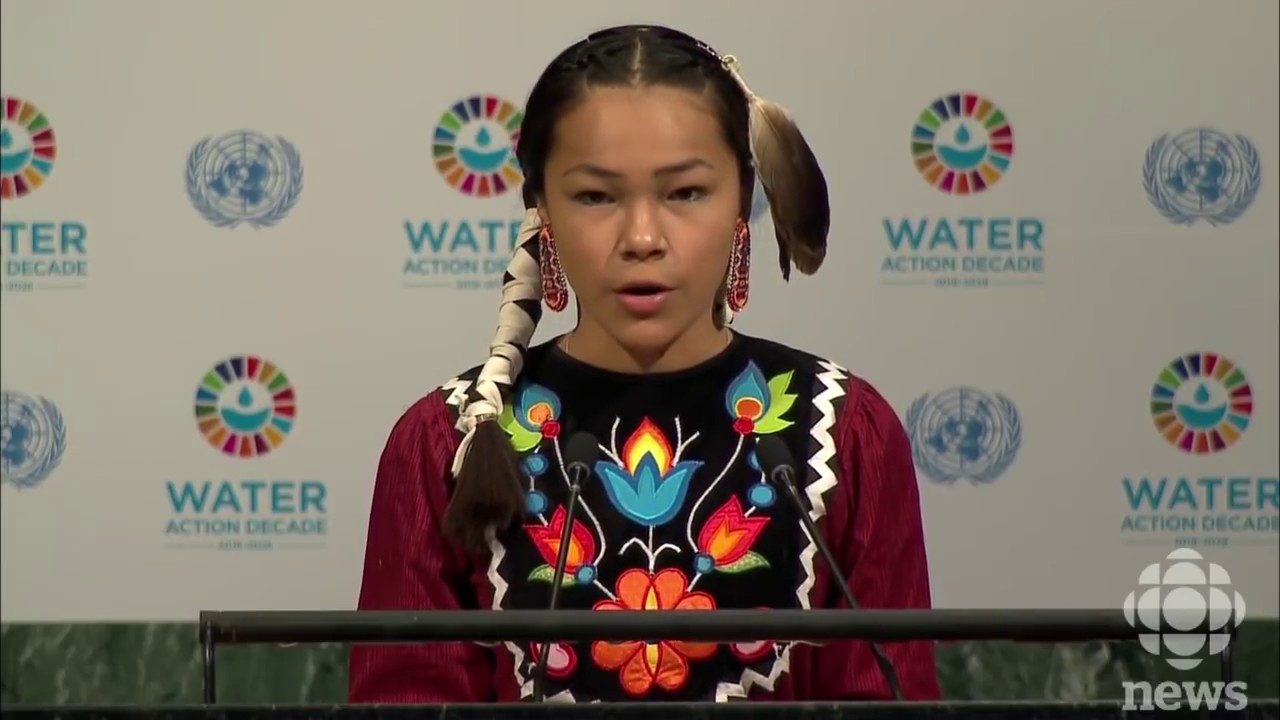AFRO Water Treatment, Inovasi Olah Air Bersih Teknologi Ramah Lingkungan Karya Anak Bangsa
Summary
TLDRAccess to clean water is a vital need for all households. Although 91.05% of Indonesian households have access to clean drinking water, climate change and population growth pose challenges to future water availability. Efforts are being made to address this issue, including developing water recycling technologies. A lecturer from the Padang Institute of Technology has created a device that purifies dirty water into clean water, producing 900 liters per hour using solar energy and electricity. This invention has significantly helped communities in Sumatra Barat, particularly in disaster-affected areas. The device is expected to be further developed to reach more remote regions.
Takeaways
- 🚰 Access to clean water is a vital need for human life, and every household should have adequate access to clean water and drinking water.
- 📊 Despite a high proportion of households in Indonesia having access to clean water, climate change and population growth pose future challenges to water availability.
- 💧 The average water requirement for a person ranges from 169 to 247 liters per day, including needs for drinking, washing, and sanitation.
- 📉 According to the Central Bureau of Statistics (BPS), 91.05% of households in Indonesia have access to safe drinking water, while 8.95% still do not have access to safe water sources.
- 🌍 The looming threat of clean water scarcity has led communities to find ways to reduce consumption, including using recycling technologies.
- 🧑🔬 A lecturer in mechanical engineering at the Padang Institute of Technology, Afni, has developed a device to treat dirty water and convert it into clean water.
- 🚱 The device, called the Avometer Treatment, can produce 900 liters of clean water per hour and uses a hybrid system of solar and grid electricity to keep operational costs low.
- 🏠 The need for such technology arose when residents of West Sumatra faced a shortage of clean water following the 2009 earthquake.
- 👨👩👧👦 The Avometer Treatment has significantly helped residents in Pancung Soal Subdistrict, Pesisir Selatan Regency, who previously struggled to obtain clean water.
- 🔄 Plans are in place to further develop the device to make it smaller and more accessible for communities in disaster-affected areas.
Q & A
What is the significance of clean water for households?
-Clean water is a vital necessity for all human beings, and every household should have adequate access to clean water for drinking, washing, and sanitation.
What percentage of households in Indonesia have access to clean drinking water?
-As of 2022, 91.05% of households in Indonesia have access to clean drinking water.
What challenges threaten the future availability of clean water?
-Climate change and the increasing global population pose significant threats to the future availability of clean water.
How much water does an individual typically need per day?
-An individual typically needs between 169 to 247 liters of water per day for drinking, washing, and sanitation.
What was the impact of the 2009 earthquake on clean water availability in West Sumatra?
-The 2009 earthquake in West Sumatra caused significant challenges in accessing clean water, prompting the development of technologies to purify contaminated water.
Who developed the water purification device mentioned in the script, and what is it called?
-Afni, a mechanical engineering lecturer from the Padang Institute of Technology, developed the water purification device called the 'Avometer Treatment.'
What is the capacity of the 'Avometer Treatment' device?
-The 'Avometer Treatment' device can produce 900 liters of clean water per hour.
What power sources does the 'Avometer Treatment' device use?
-The 'Avometer Treatment' device uses a hybrid system powered by solar energy and electricity from the national grid (PLN) to keep operational costs affordable.
How has the 'Avometer Treatment' device benefited the community in Pancung Soal, Pesisir Selatan Regency?
-The device has greatly helped residents in Pancung Soal, who previously struggled to access clean water, by providing them with a reliable source of clean water.
What are the future plans for the 'Avometer Treatment' device?
-Future plans include developing a smaller, more portable version of the device to make it easier to reach disaster-affected areas.
Outlines

此内容仅限付费用户访问。 请升级后访问。
立即升级Mindmap

此内容仅限付费用户访问。 请升级后访问。
立即升级Keywords

此内容仅限付费用户访问。 请升级后访问。
立即升级Highlights

此内容仅限付费用户访问。 请升级后访问。
立即升级Transcripts

此内容仅限付费用户访问。 请升级后访问。
立即升级浏览更多相关视频

Autumn Peltier, 13-year-old water advocate, addresses UN

The Real Cost of Our Food: Agriculture in California's Central Valley

Do you have a right to water? - BBC Learning English

Peringatan Hari Air Sedunia: Pentingnya Air & Ancaman Krisis di Masa Depan-[Selamat Pagi Indonesia]

WATER POLLUTION (PREVENTION) ADVOCACY - STEM11

Water From Waste: Potable Water Reuse | Did You Know? | THRIVE
5.0 / 5 (0 votes)
